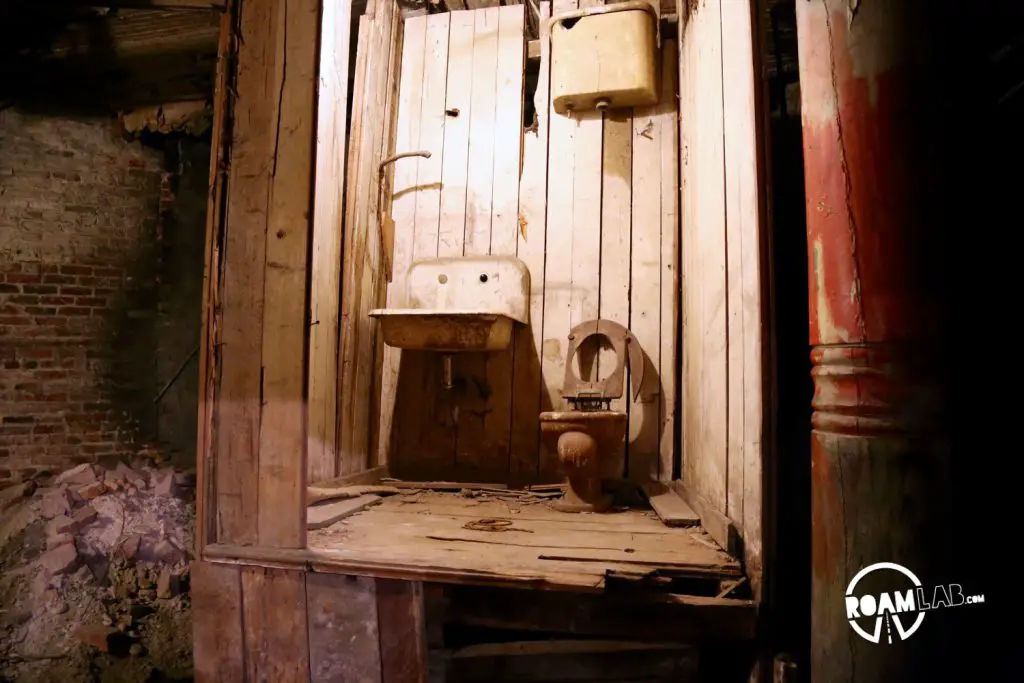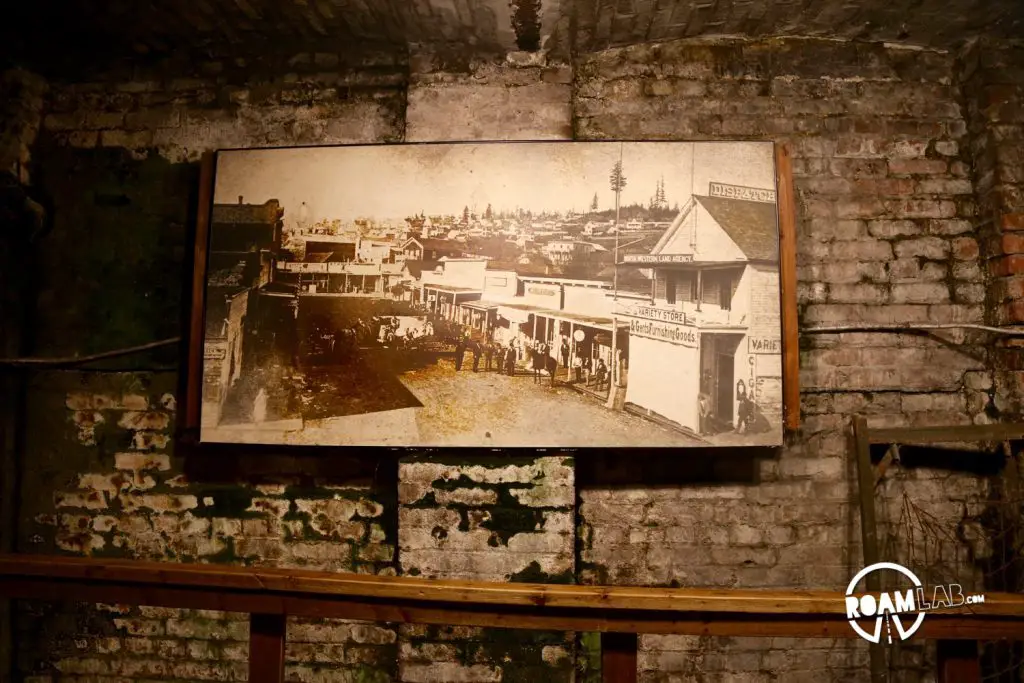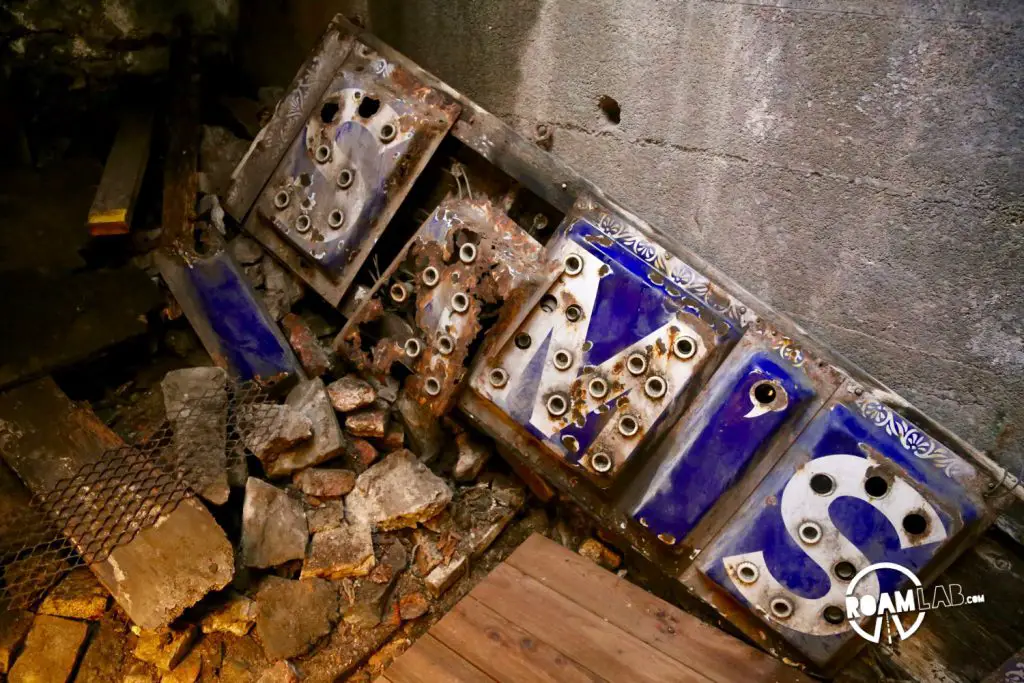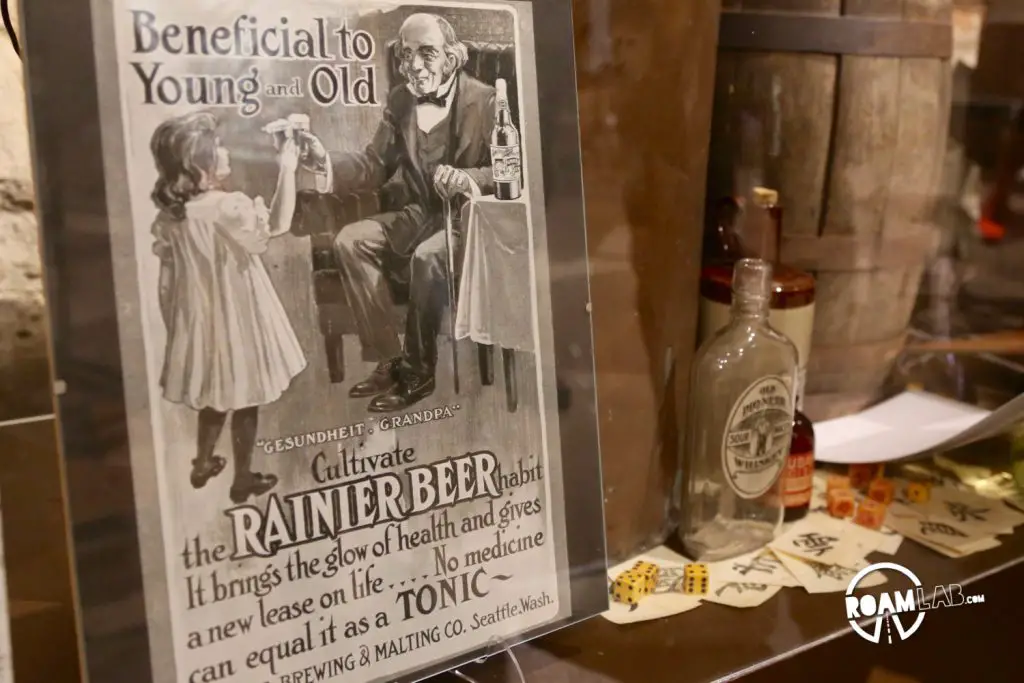They did it for the toilets. They did it for the tides. After a fire decimated Seattle in 1889, the city planners saw an opportunity to correct a massive and pungent civic challenge: sewage.
Seattle had long been plagued by plumbing problems. Early pit toilets dug on the Seattle coast would regularly flood in high tide as the water level rose. In an effort to resolve the stench at high tide, the still fledgling city constructed a wooden gravity powered sewage pipeline. The latest innovation of the time, The Crapper, was imported from England and connected with the new system.

This was a debatable improvement. Sewage would be dumped into the sound and swept away. But the tide remained a problem. At high tide, the outlet could get covered by the sea. Sewage would accumulate and mix with seawater, building up pressure. Woah betide the lower elevation denizen who relieved themselves at a high pressure point. Geysers of briny bowel excretions as high as 8 feet were reported by crapper owners.
Thus, when much of Seattle burned down in 1889, an opportunity floated the the surface of the tragedy. Along with converting buildings and streets to stone, brick, and steel, a new sewage system would be constructed, one story above street level. Well, actually, it would be below street level, because the streets would be raised one story.

The resulting underground passages, while condemned in 1907, can still be explored with the Seattle Underground tour. It’s fun, educational, and a new perspective on an old city.







